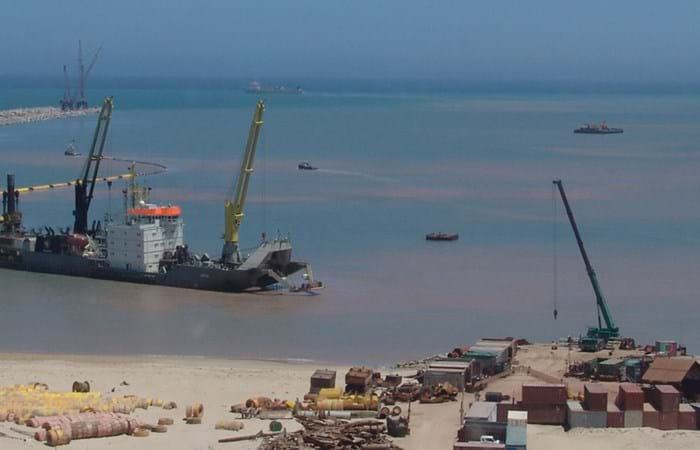The Coega port project - on Algoa Bay at the mouth of Coega River - is designed to act as a catalyst for regional economic development. The new port and its adjacent Industrial Development Zone, 20 km east of Port Elizabeth, are described as South Africa's largest infrastructural development scheme for a decade.
The new port opened for operations in 2005. It serves Panamax bulk carriers and large container ships and consists of two main breakwaters and five berths: two for containers, two for drybulk/breakbulk and one for bulk liquid cargoes. One of the spurs for this project was the need for more container berths, as the container facilities at Port Elizabeth, Durban and Cape Town approached capacity. Future plans for Coega include major facilities for the metals industry, including a large aluminium smelter.
